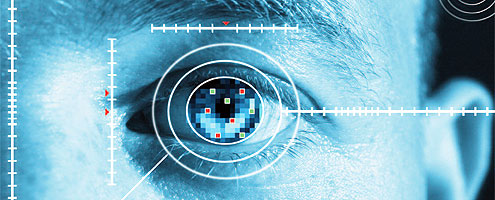
Biometric protection systems are technical devices with the help of which can be established and thoroughly studied the personality or unique characteristics of each person individually, both physical and behavioral, for further recognition and investigation. There are many recognizable characteristics, such as facial features, fingerprints, iris, or DNA. The uniqueness of a person’s personality can lie in his walk, in the way he sits or stands, his voice, hair length, facial expressions, unconscious movements. All this can be used in biometric security systems. The advantages of using biometric systems, compared to traditional ones (mechanical keys, chip cards, code identifiers), is that the system accurately identifies the subject or its characteristics, the subject will not be able to lose or pass on to third parties an identification tool, deep behavioral analytics tools. In terms of security, allocation of access rights and accounting of working hours at the enterprise, such systems begin to gradually survive the traditional access control systems.
Today biometric security systems are developing quite rapidly. Some of them are the use of high-quality IP video cameras that can give the desired result when connecting additional software for video analytics, such as face recognition, gender recognition, etc. It implies that even if the HD camera captures an incident that occurs very far, even at a distance of 200 meters, and the faces may not be suitable for recognition with a regular camera or the human eye, the face recognition program will be able to capture and recognize the face absolutely accurately, without even missing tiny details.
Not so long ago, a new technology appeared that allows you to associate people's DNA with their fingerprints, that is, the program used, after receiving the DNA data, will be able to perform actions on fingerprints associated with this DNA, and vice versa. This will make the work of public services much easier, since they can create databases in which all information about a person will be collected. The biometric information in the databases will include fingerprints and palm prints, information about the retina and iris, DNA, and the face. Of course, this will require the creation of large data warehouses.
